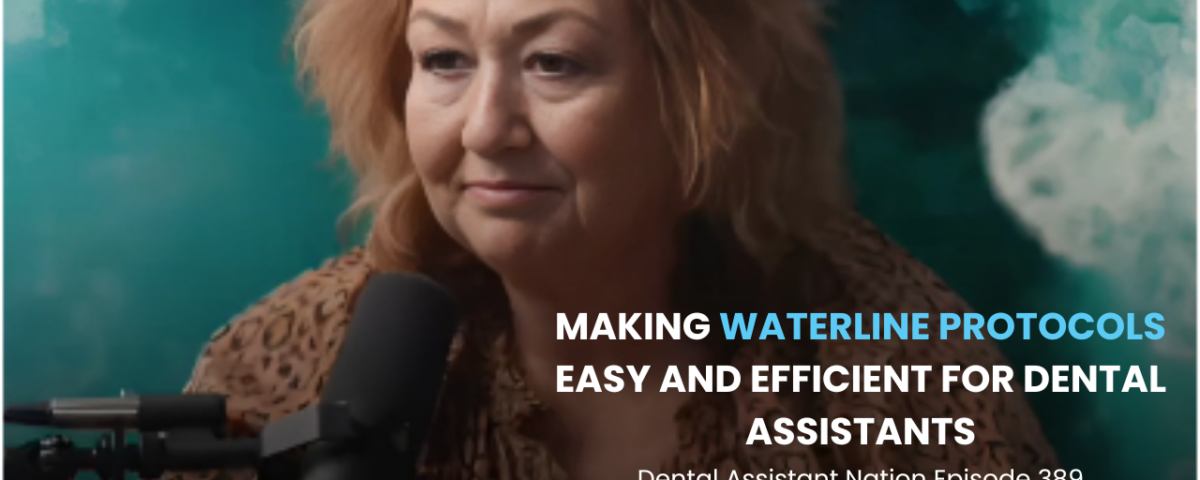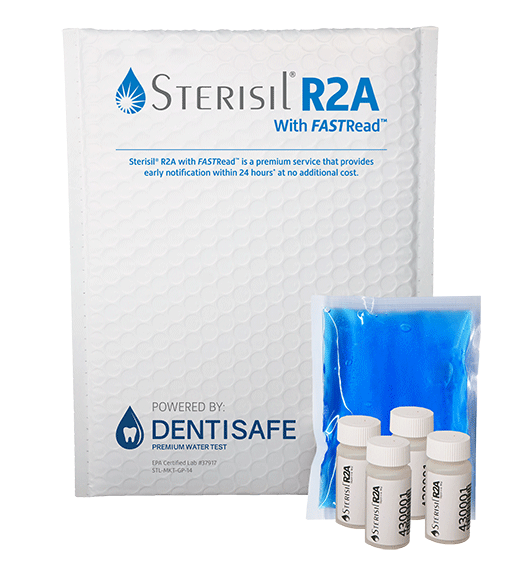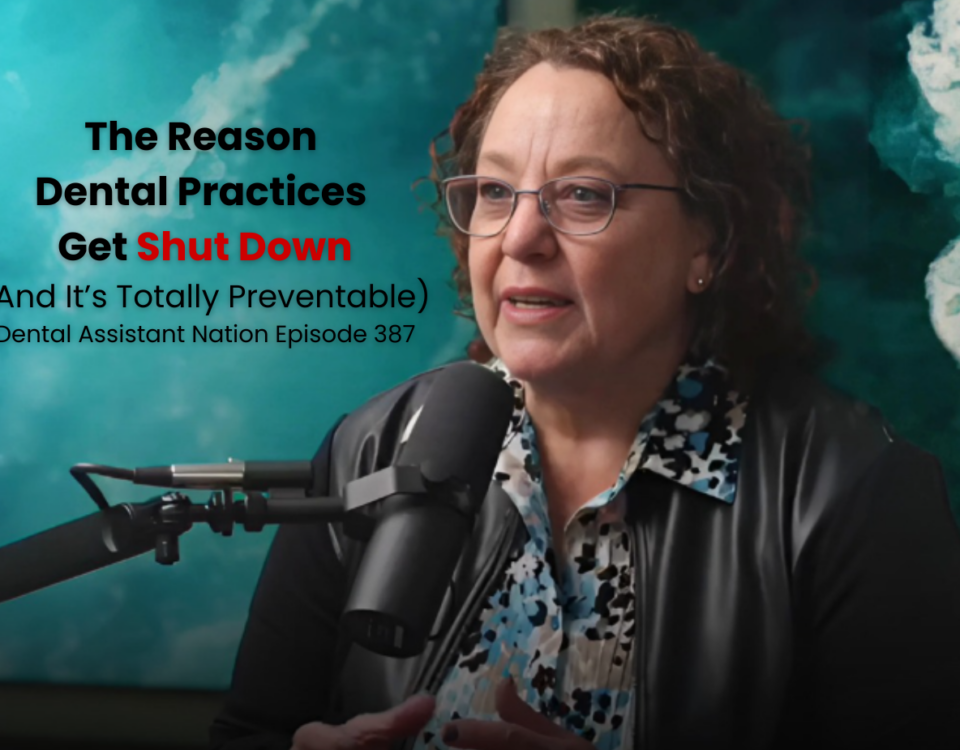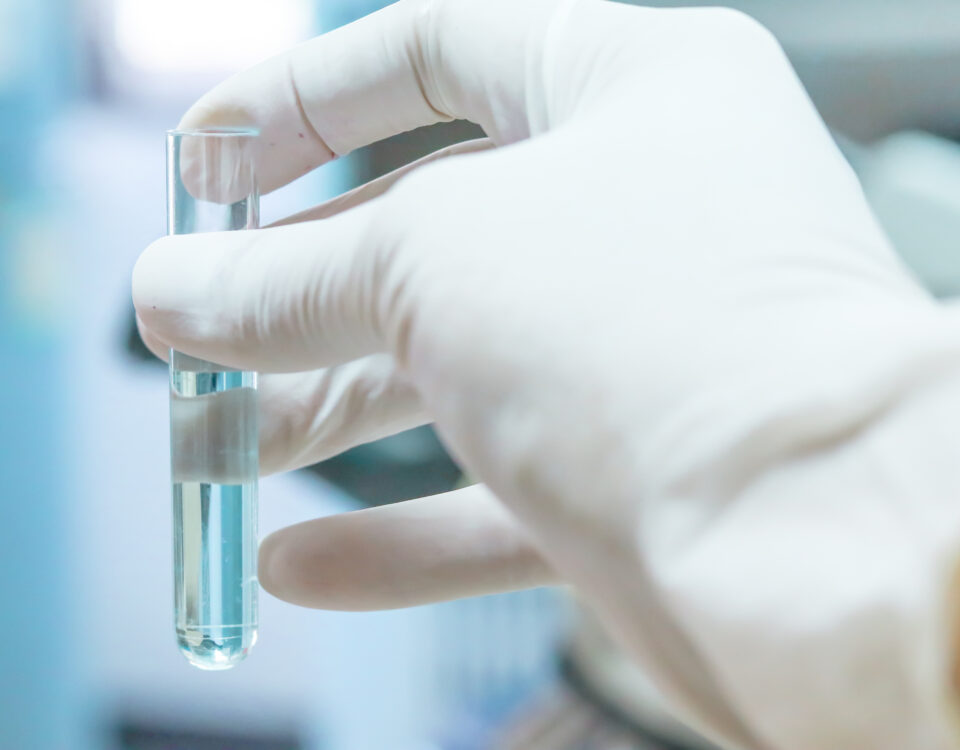Dental Waterline Safety’s Unsung Heroes: Dental Assistants
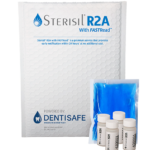
The Gold Standard, Now Faster: Introducing Sterisil® R2A with FASTRead™
June 23, 2025Dental Waterline Safety’s Unsung Heroes: Dental Assistants
Summary: Dental assistants are on the front lines of infection control, but many lack proper training in dental waterline safety. In this blog, industry expert Tija Hunter, CDA, EFDA, CDIA, MCDH, highlights the pivotal role assistants play in protecting patients—and how Sterisil’s streamlined solutions make compliance fast and simple. Read on to learn how to champion safety, bust myths, and confidently take the lead in dental unit waterline (DUWL) protocols.
Dental assistants are often the first line of defense when it comes to infection control—but they're not always empowered with the tools or training to lead confidently. In a recent episode of the Dental Assistant Nation podcast, beloved industry speaker and assistant advocate Tija Hunter made one thing abundantly clear: dental assistants absolutely have the power—and responsibility—to ensure dental waterlines are safe.
“There’s just not enough education out there for us,” Hunter said. “But we make up the largest percentage of oral healthcare workers. If we’re trained right, we can absolutely take the lead.”
Myth-Busting: Do Dental Assistants Have a Say in Waterline Safety?
Short answer? Yes. Long answer? They should.
Many dental assistants assume that dental waterline testing and treatment are solely the doctor’s responsibility. But as Hunter notes, assistants are healthcare professionals in their own right—and infection control is part of their role.
“You don’t know what you don’t know,” she explained. “But once you learn the protocols and the ‘why’ behind them, you realize you have every opportunity to protect your patients.”
And it’s more than just a role—it’s a responsibility. Dental assistants can and should:
- Learn what a DUWL protocol is
- Advocate for regular testing and shocking
- Follow manufacturer instructions for use (IFUs)
- Ensure their practice is CDC compliant and compliant with state regulations
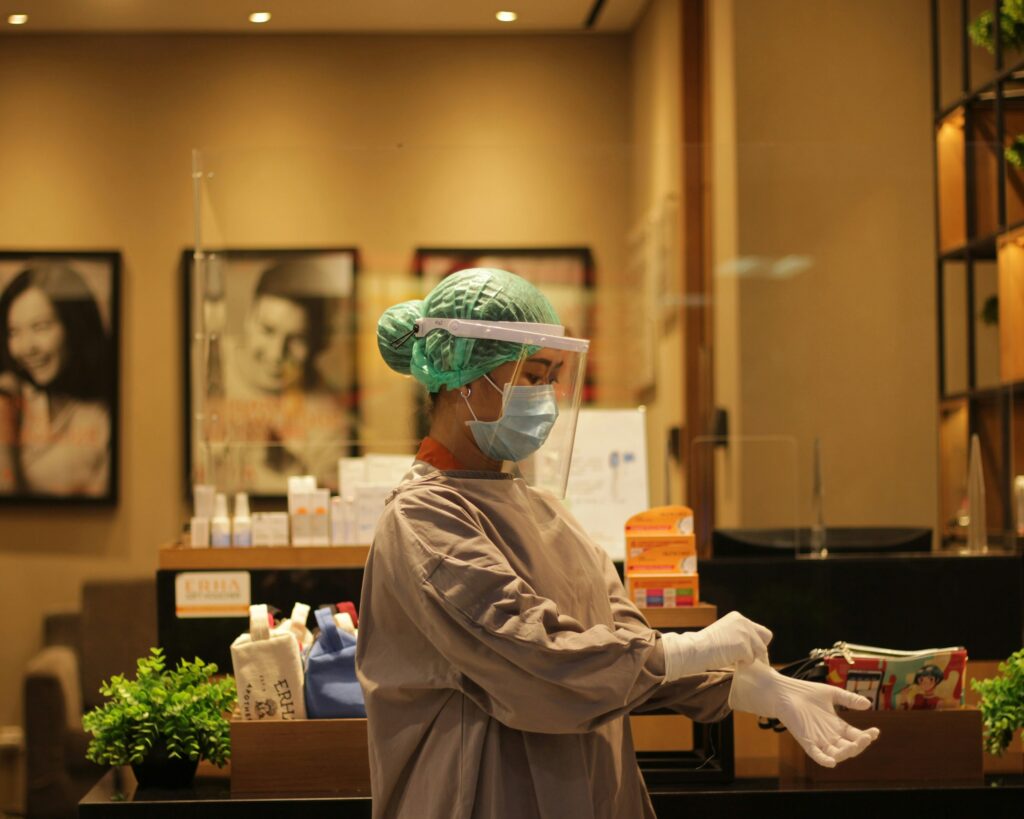
The Training Gap: From Misinformation to Empowered Practice
A recurring issue in the dental industry is that many assistants are trained on the job—often by someone who may not be fully up to date on best practices. As Tija pointed out, this can lead to misinformation being unintentionally passed down.
“If they didn’t know the proper way to do it, they’re teaching it wrong, too,” she warned.
Social media often amplifies this confusion. A quick Facebook post about how to shock waterlines can result in dozens of conflicting (and sometimes dangerous) answers.
Instead of guessing or Googling, Hunter recommends trusted sources like:
- ADS (Formerly OSAP): Provides infection control training and resources
- DrBicuspid.com: Hosts articles and expert insights on DUWL compliance
- Sterisil’s website: Offers detailed IFUs, protocols, and product education
Sterisil’s 4-Step System: Fast, Easy, and Designed for Assistants
Assistants are busy. With constantly changing schedules, last-minute patient shuffles, and 18 mental tabs open at once, efficiency matters.
That’s where Sterisil’s 4-product system shines. It includes:
- FASTCheck15™ – The fastest DUWL test on the market, delivering pass/fail results in just 15 minutes. No lab. No hassle. Great for monthly testing.
- R2A Mail-In Testing (with FASTRead™) – For detailed CFU/mL results, Sterisil’s lab test helps meet quarterly testing guidelines and confirms DUWL effectiveness. It also includes FASTRead™, a premium service that provides you advanced notification if your samples exceed the water safety limit at 24 hours*.
- Citrisil® Shock Treatment – A powerful but gentle oxidizing shock that removes biofilm from lines, to treat your waterlines after every test.
- Sterisil® Straw – A 365-day antimicrobial straw that continuously treats waterlines and eliminates the need for daily tablets. Comes complete with an automatic, integrated shock treatment and silver ion technology 20x more effective than iodine straws.
These four products are designed to work together—which is essenTijal.
“Don’t piecemeal products,” Hunter emphasized. “You want a streamlined system that’s easy to use and ensures everything is working in sync. Sterisil does that.”
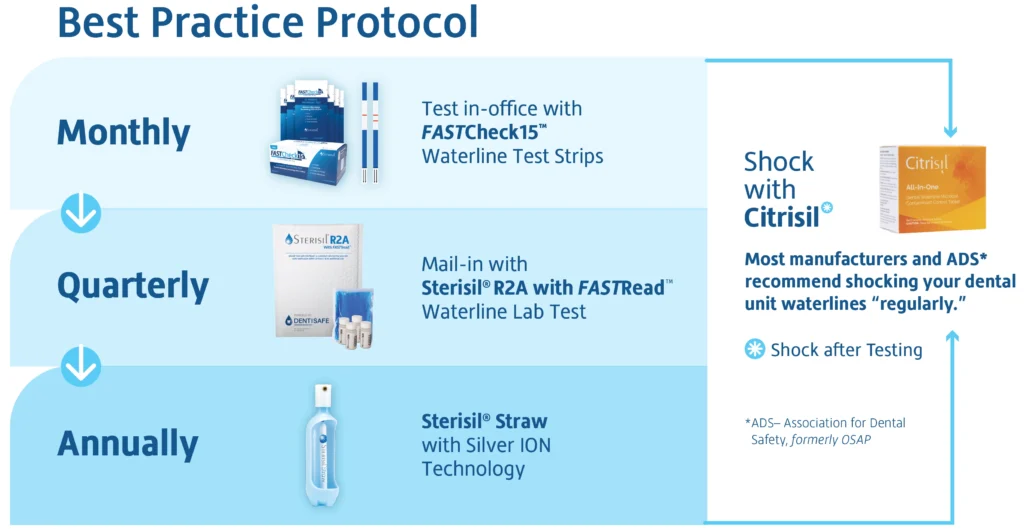
Biofilm Doesn’t Take a Day Off—Why Your Protocol Matters
Dental waterlines are vulnerable to the same types of bacterial buildup as the human mouth. If not treated, they develop biofilm—dense colonies of bacteria that resist standard flushing.
“Think about it like plaque,” Hunter said. “Don’t brush your teeth for a few days, you get buildup. Same with your waterlines.”
Without proper treatment, bacteria levels can exceed the CDC’s safe threshold of <500 CFU/mL, putting patients at risk for infection. Regular testing and shocking are non-negoTijable. Sterisil’s SAFEWATER Solution ensures your practice is compliant, your patients are protected, and your water stays clean—without adding stress to your day.
Waterline Safety Shouldn’t Be Hard
If it’s not easy, it’s not sustainable. That’s why Sterisil’s products are built for busy assistants: fast, simple to use, and designed with clinical realities in mind. As Hunter says, if protocols are too complicated or time-consuming, they simply won’t get done.
“When I started, we didn’t even wear gloves,” she recalled. “But now, assistants are infection control leaders—and we need systems that match our pace.”
DUWL Safety Protocol FAQ
*Tests are read at 24 hours after receipt by our labs. Not all test failures can be identified within 24 hours. Final test results available after 5-7 days on the Solmetex portal at My Solutions Center.




